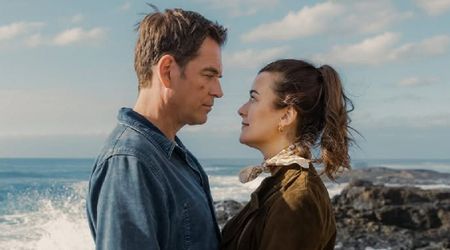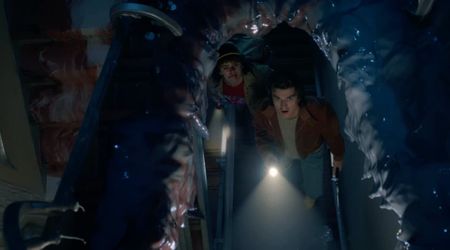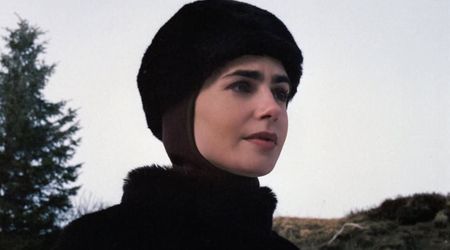Who are the Stoors? 'LOTR: The Rings of Power' Season 2's pre-Hobbit ancestors explained

LOS ANGELES, CALIFORNIA: As 'The Lord of the Rings: The Rings of Power' Season 2 premieres on August 29, the series explores Middle-earth's uncharted territories, introducing Stoors, ancestors of Hobbits.
It dives into their history, alongside other pre-Hobbit groups like Harfoots and Fallohides. This expansion of Tolkien's world sheds new light on the Second Age.
With its fresh perspective, 'The Lord of the Rings: The Rings of Power' Season 2 promises to captivate both old and new fans of the beloved franchise.
Are the Stoors coming to 'LOTR: The Rings of Power' Season 2?

In 'LOTR: The Rings of Power' Season 2, Nori and the Stranger encounter a group of halflings in the deserts of Rhûn, revealed to be Stoors. This is unexpected, as Stoors are known to live along the Anduin River in the early Third Age.
However, since there's no record of Stoors in the Second Age, the show has created its own backstory.
According to the show, the Stoors migrated west towards the Anduin as Rhûn became inhospitable. Two notable Stoorish characters are introduced: Gundabel, the leader, and Merimac, a young community member. The actors explained that water became sacred to the Stoors due to its scarcity in Rhûn.
This scarcity explains why the Stoors would be drawn to the Anduin River, establishing their reputation as wetland folk. The show's version of the Stoors's history adds a fresh layer to their story, exploring their origins and connection to the land.
The Stoors's history In 'The Lord Of The Rings' lore explained

The Stoors's earliest recorded history in 'The Lord of the Rings' dates back to the early Third Age, when they inhabited the swampy areas south of the Anduin River. Around 1300, they began a centuries-long migration, eventually settling near Gladden Fields by the Gladden River.
Here, they thrived under the leadership of a matriarch, excelling as swimmers, fishers, and boat-builders. This period saw the birth of their most notable member, Sméagol, grandson of the Stoors's matriarch.
Sméagol's life took a dark turn when he murdered his cousin Déagol for the One Ring, leading to his exile by his grandmother.
Centuries later, Sméagol, now Gollum, emerged from the Misty Mountains, consumed by his obsession with the Ring. By then, the Stoors had vanished, leaving behind only their legacy and the tragic tale of Sméagol's downfall.
The Hobbit legacy: How Stoors and Harfoots shaped Middle-earth

By the time of 'The Lord of the Rings', the Harfoots, Stoors, and Fallohides had merged into a single Hobbit population. Over centuries, they interbred, with the Harfoots' traits dominating due to their larger numbers.
This resulted in most Shire Hobbits being small, with dark curly hair and a love for nature.
However, some Hobbits showed signs of Stoor ancestry, such as the tall and broad-built Brandybucks, including Merry. Their exceptional height and fondness for sailing and fishing hinted at their Stoor heritage.
This connection suggests that the Stoors in 'LOTR: The Rings of Power', like Nori's community, could be ancestors of certain Hobbits in 'The Lord of the Rings', including Merry and Gollum.
'LOTR: The Rings of Power' Season 2 trailer
'LOTR: The Rings of Power' Season 2 is set to premiere on Thursday, August 29










